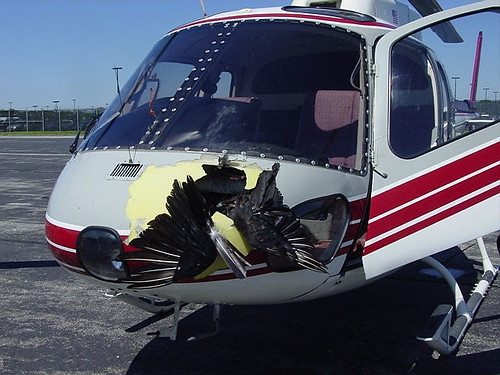petit_bateau
Active Member
I think that feathering isn't really relevant in a quadcopter of this nature. The stopped prop is not presenting any more drag (in the forwards direction) than a running prop (actually less). And there is no asymetrical drag issue to be concerned about in respect of loss of control surface effects. The only minor ? effect of a stopped prop is th eextent to which it might present a flow obstruction to the axially in-line paired rotor/motor; and that will depend on failure mode. So simple rigid fixed pitch props are best for simplicity and weight and cost.What I didn’t see on the Jetson was variable-pitch or feathering props, likely because of complexity, weight, and cost. If a motor fails and the propeller blades cannot feather (rotating the blades on their hub to a position such that the airflow through them provides the least drag), then the dead prop is a huge aerodynamic liability, only slightly less so if it freewheels. In a true helicopter after engine failure, the aircraft falls pretty much like a rock. The pilot flattens the blade pitch and the airflow upward through the blades keeps them turning at speed allowing surprising lateral mobility. Just before crashing into the ground, the pilot Increases the pitch on the blades trading off blade rpm and momentum for a cushioned landing. Works very, very well. No go-arounds though, it’s a commitment and one-time thingie. For the Jetson, having eight motors somewhat mitigates the autorotation issue though, but not the feathering (drag) problem. And for an electric failure at the source (battery), the Jetson pilot is definitely landing immediately and uncomfortably. I would like to see some single- and multi-engine-out landings on their website.
All that said, I’d love one of these.
I wonder to what extent the electrical systems are split and/or redundant. Perhaps there are 2 battery systems each driving 4 props via 4 motor VSDs. And perhaps loss of one group results in a quick controlled descent scenario.
The conceptual design FMEA and HAZOP on this must be quite interesting.




